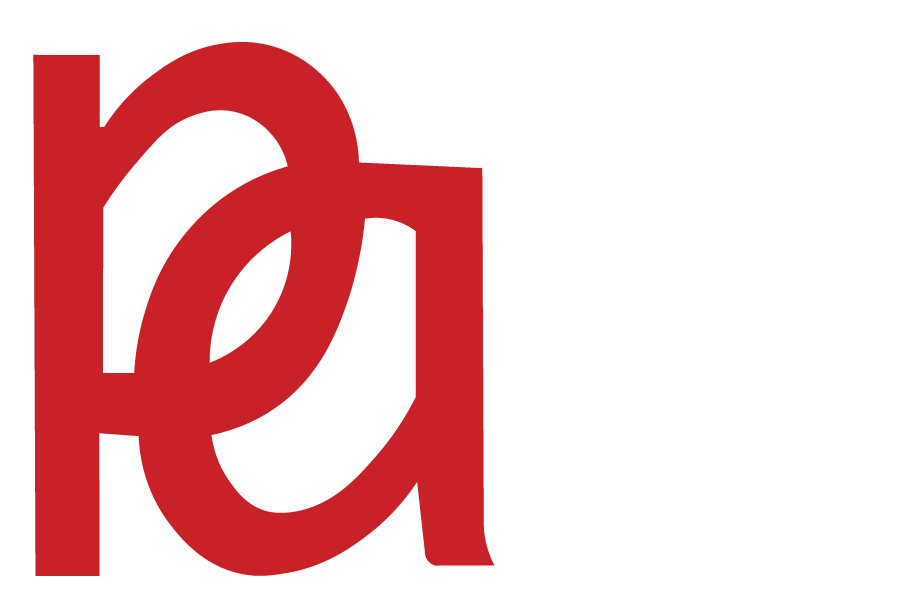Art Integration
Arts Integration is a connecting road to reaching and teaching every kid and empowering educators in their professional development. Content requirements are taught and evaluated fairly in and through the arts in an arts integration educational model.
Learners explore creativity through a variety of art mediums while making connections between various topics such as drawing and painting, clay modeling, pottery, paper crafts, mask and puppet making, heritage crafts, and other visual and performing arts activities like music, dance, theatre, puppetry, and so on.
What is the significance of art integration?
Arts integration varies from standard education in that it incorporates both the arts and a traditional topic into the learning process (e.g. using improvisational drama skills to learn about conflict in writing.) The objective of arts integration is to promote a deeper understanding and appreciation of the fine and performing arts while simultaneously increasing knowledge of a general subject area. "A method to education in which students develop and display learning via an art form," according to the John F. Kennedy Center for the Performing Arts. “Students participate in a creative process that connects one art form to another while also meeting developing goals in each”.
Working in the arts aids the development of creative problem-solving abilities. Children's motor skills, linguistic skills, social skills, decision-making, risk-taking, and originality are all aided by art education.
Art Integrated Teachers:
The fact that "not all instructors are artists" means that there aren't enough artists to educate in every school is a recurrent complaint. This is not the case, as any instructor can pursue a career in the arts. While art is highly subjective in its root, every technique has a foundation. There are design aspects and principles, as well as the color wheel, in the fine arts. There is fundamental music theory in music. There is fundamental play structure, acting philosophy, and so on in theatre. It makes no difference whether or not a teacher is capable of doing these tasks. However, if they can be taught, the information may be passed on from the instructor to the pupil.
Arts Technology Integration:
Arts integration grows in lockstep with technological advancements. The problem in incorporating arts into today's technology-first education is efficiently managing the vast amount of information that technology makes available, not inputting production laboratories on school campuses or having access to the newest computer tools. Students must learn to pick relevant data, evaluate it, and draw critical conclusions from it to make sense of it, answer problems, or create new ones. Technology also opens up additional avenues of expression, whether through digital art or artificial intelligence, which may foster the creativity and curiosity that arts educators want when backed up by arts-technology integration.
The value of arts education in the development of children:
Arts are frequently regarded as a pastime, a hobby, or a merely recreational activity. The STEM area (Science, Technology, Engineering, and Math) is prioritized in a culture where the whole educational system is centered on educating future workers, while the arts are disregarded. In times of economic uncertainty, resources are rationed, and the arts are frequently the first to be sacrificed. However, research done on the benefits of arts education on children's learning and development shows that children exposed to arts programs with teacher supervision have much better results than children who are not exposed to arts education. There is evidence that children exposed to arts do better in school, develop greater social, cognitive, and emotional skills, and are more likely to earn higher degrees of education later in life.
Arts Integration Program of the United Nations Educational, Scientific, and Cultural Organization (UNESCO)
The United Nations Educational, Scientific, and Cultural Organization (UNESCO), a UN special agency based in Paris, France, promotes the inclusion of arts, culture, and creativity in all educational platforms across the world. This agenda is aligned with the “Quality Education” and “Education for All” frameworks to promote approaches for fostering and safeguarding cultural diversity. For example, UNESCO Bangkok has taken the lead in promoting arts education research and the exchange of knowledge and case studies among educators, artists, and other stakeholders throughout Asia and the Pacific.
Arts Integration is the connective pathway toward reaching and teaching every child and empowers educators in their professional growth. Working in the arts helps learners build creative problem-solving abilities, which is why arts integration is so vital. Children's motor skills, linguistic skills, social skills, decision-making, risk-taking, and originality are all aided by art education.



